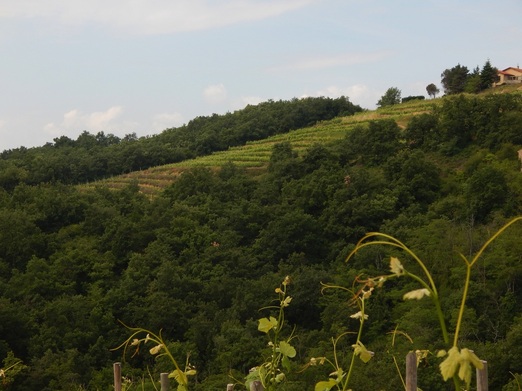 Crozes-Hermitage vineyards of Domaine Michelas Saint Jemms Crozes-Hermitage vineyards of Domaine Michelas Saint Jemms We headed north on the A7 Autoroute, leaving the ‘galet' filled vineyards of Chateauneuf-du-Pape behind us. Ahead, lay the towns of Orange and Montêlimar. The expansive vineyards of the south gave way to orchards and countryside. As we approached the village of Valence the terrain changed. The steep, terraced, hillside vineyards told us we had reached our destination - and the holy grail of Syrah - the Northern Rhone. Our destination was the town of Mercurol not far from Tain’Hermitage. We pulled into the drive of Domaine Michelas Saint Jemms, a smaller family owned and run establishment and everyone, including the winery dog Tina, were there to greet us. What makes Michelas Saint Jemm unique is that they produce wines from not just one AOC of the Rhone Valley, but several: Cornas, St.Joseph, Crozes-Hermitage and Hermitage. They are also one of the the oldest privately operated wineries in the area and the oldest family owned winery in Crozes-Hermitage. And this is truly a family affair. The property itself goes back to 1861 but wasn’t really developed until 1961 when Robert and Yvette Michelas took charge. Today, three sisters, Sylvie, Florence, and Corine, work alongside brother Sebastien and other family members, oversee the 50 hectares (just over 123 acres) of vineyards and production of 150,000 bottles (12,500 cases). Of course, the prize AOC is Hermitage - a region known to every lover and collector of French wines. The parcels (three noncontiquous parcels total 1/2 hectare/ 1.23 acres) were acquired years ago when a family friend, unable to keep the land in his family’s hands, asked Robert Michelas if he would be interested in purchasing the vineyards. Knowing that opportunities to purchase these scarce and highly prized blocks were few and far between, he jumped at the chance and the rest is Michelas Saint Jemms history!
We were soon loading into the vineyard vehicles and heading away from the winery and through the countryside. We climbed higher and higher into the hills of Crozes-Hermitage, past crumbling castle ruins and row upon row of flowering grape vines. 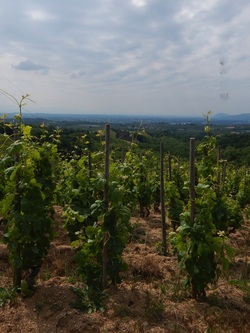 Horses-not tractors- are used in these steep vineyards Horses-not tractors- are used in these steep vineyards As we soaked in the wonderful vistas, Sylvie explained that, in 1973, Michelas Saint Jemms become an independent winery (rather than being associated with the local co-operative). Sébastien, who is in charge of all the vineyards, set about improving the quality of the fruit and several years ago, they qualified for the new H.V. E. certification. Haute Valeurs Environnmental (High Environmental Vaules) is a newer certification that emphasizes working in harmony with nature. Biodiversity is encouraged “ If there are trees, leave them. If there are grasses, leave them - don’t cut.” said Sylvie. “Birds and animals are welcome!”. We sampled several wines in this gorgeous setting including the 2012 Crozes-Hermitage Blanc, a blend of 60% Roussanne and 40% Marsanne, half of which is oak aged with the balance in stainless.Soft toast on the nose but it’s all about minerals and fruit on the palate with acacia and a touch of marzipan. Sorry to say that this wine, as well as the refreshingly fruity and fresh Crozes-Hermiage Fleur de Syrahne that we sampled next, are not available in the U.S., which I personally feel is a shame as they are delicious and both very food compatible and would be appreciated by the North American palate. Luckily, the 2011 Crozes-Hermitage ‘Signature’ Rouge is! With fruit grown on chalky-clay soils, this is an aromatic Syrah. Fresh black fruit aromas are both fruity and meaty making this a versatile sipper or dinner companion. At at suggested retail of $25 USD it is a wonderful introduction to the signature grape of the Northern Rhone. It was now lunch time. In France, this a ‘sacred’ part of the day - a time to stop and recharge with food, family, and, naturally, some wine. We were very fortunate to be invited to share this time with the family (including Tina and Emmi the cat) and soon discovered they had prepared a veritable feast of traditional fare reflecting their Drome and Ardeche regional roots.
It was now time for the next course - a local specialty of the pre-Alps region of Grenobles - Ravioles du Dauphiné. These tiny little pockets of pasta are filled with cheese, herbs and cream. Sylvie served these in wonderful ceramic dishes which, as with the other artisan table wares, were produced ‘just down the road’. Although our ravioles were topped with local Extra Virgin Olive Oil and fresh basil from the garden, we were told they were also delicious baked in a gratin with courgettes (zucchini). I can only imagine! The next selection of wines, are, I’m sorry to say, not available in the United States but would give any wine lover an excellent excuse to visit the winery! Under the ‘Terres d’Arce’ label, Michelas Saint Jemms bottles all four AOC - Crozes-Hermitage, Saint Joseph, Cornas and Hermitage and are the only independent producer to do so. These are their ‘prestige’ bottlings - what an New World winery might call their ‘Reserve’ tier, showing the distinctive character of each terroir and its interpretation of the Syrah grape. These wines consistently score highly in such respected publications as the ‘Hachette Wine Guide’ and the ‘Gilbert & Gaillard' wine magazine, not to mention Robert Parker’s ‘Wine Advocate’. We were thrilled to try all the offerings, including the Hermitage (of which they only produce 600 bottles!) and tried our best to convince everyone, especially Sales Manager Laurent Gomez, that they should make these Rhone treasures available stateside! No French meal is complete without ‘a little something’. A large dish of exquisite local peaches and apricots appeared (Hermitage is equally famous for the delectable stone fruit, it seems) plus a big platter of ripe red cherries. Another regional delicacy appeared on the table. A large, round yeast bread, ‘Pogne de Romans’ which, translated from Old French, means ‘by hands’. Similar to a brioche, these are made for special occasions and holidays and are lightly scented with orange blossom water. This particular pogne came from an old and revered bakery, L. Ronjat in the village of Saint Donat sur l’Herbasse, where they have baking since the 18th century. Too soon, it was time for the family to return to the wines and for us to get back on the Autoroute. It had been an extraordinary day, filled with the wonderful ‘connections’ that only wine can make. We felt so blessed to share in the traditions of the region and now, whenever I think of the Northern Rhone Valley I smile, remembering the day, their gracious hospitality and wines made with true love, respect, passion and joie de vivre.
Epilogue: As I was writing this post, I received a message from Jeanne. She was preparing to go and help out with the Syrah harvest in the Cornas vineyards of Domaine Michelas Saint Jemms. “Pictures, please!” I requested. How fitting that we can now see, full circle the literal ‘fruits’ of their efforts and the continuation of Vendage 2014. All photos below courtesy of Jeanne Peron, Benson Marketing who was kind enough to arrange this visit. Merci!
0 Comments
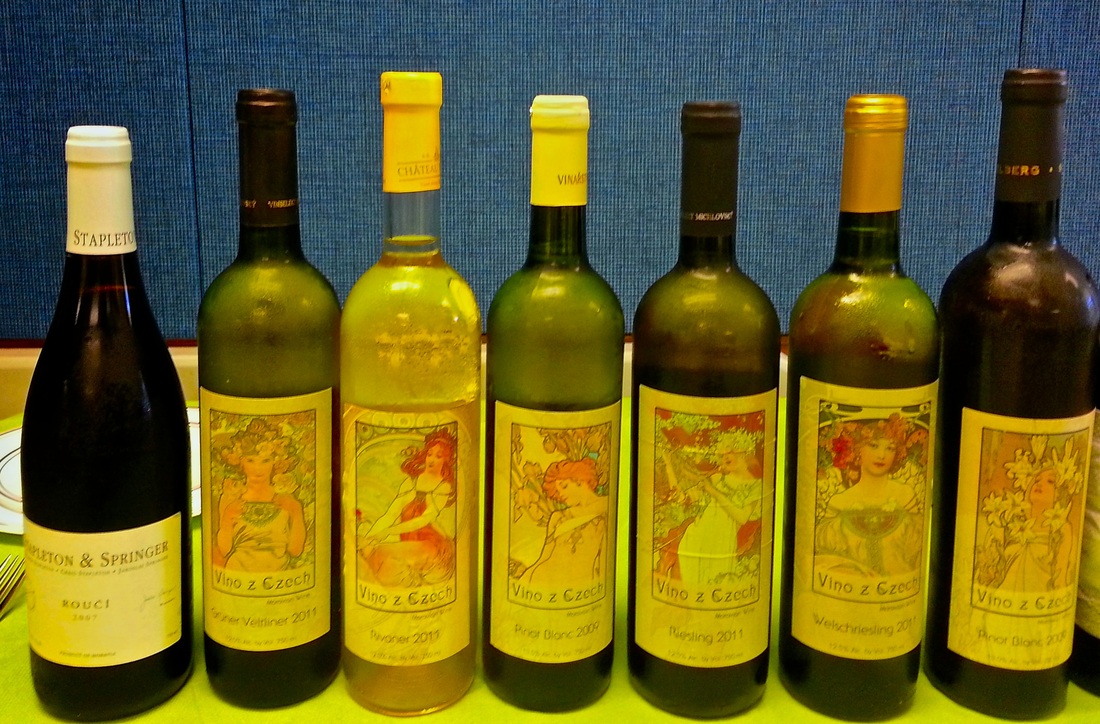 Wines from the Czech Republic are a secret no more. Wines from the Czech Republic are a secret no more. Do you know that a wine from the Czech Republic was selected the “Best White Wine” at the prestigious 2014 San Francisco International Wine Competition? NOTE: All wines tasted at this event were provided by the sponsoring wineries. Please see my page ' Submissions, Reviews, Invitations & Disclaimers'. It seems the ‘cat is out of the bag’ when it comes to the quality and character of these delicious wines from eastern Europe, thanks to the Petr Vacenovsky 2013 Riesling winning double gold and best of show at the competition. Now, it used to be when I thought of this historic nation, I would think of handcrafted crystal, intricate garnet jewelry, a treasure-trove of culture and architecture, and of course, Pilsner, but after having an opportunity to try a selection of Czech wines, I can now add vino to the list. Viticulture and wine are nothing new to this region of the world. Like many parts of Europe, the Romans brought the vine to the area and are credited with introducing Grüner Veltliner and Welschriesling which are still grown today. During the Middle Ages the industry really took hold mostly due to the power of the monasteries. Importing grapes from France and Germany, they began to establish vineyard designations and winemaking rules as far back as 1309. Although the territory was conquered and occupied over the centuries, vineyards here supplied wines for the aristocracy of Europe until phylloxera destroyed much of the vines at the turn of the 19th to 20th century. Today, the Czech Republic has a small but thriving wine industry. The majority of the vineyards (96%) are located in the southern region of Moravia ( Mo-rahv-EE-ah) which is just north of the well known Austrian wine region, Weinviertel. A small number of vineyards may be found in the northern region of Bohemia which is on the same latitude as the Rheingau area of neighboring Germany. The nation itself is landlocked and the terrain is predominately rolling hills, with the White Carpathian mountains sheltering the wine regions of the south. Soil types range from rich dark clay to gravel, marl and limestone. There are are about 18,000 winemakers in the country - many of them extremely small with production of only a few barrels - continuing the age old traditions of local winemaking. They make wines for their own palates - bone dry and full of crispy minerality with hints of spiciness. It’s not uncommon to see a group of local winemakers getting together on a Saturday afternoon to sip and critique each others product! The majority of production is white wine - around 60% - with red and rosé making up the balance. With larger producers looking to export more of their product, they are now producing wines from dry to off dry as well as the popular sweet, dessert ’straw wines’ . (For more on this wine style, click here) Many of the grapes grown here are familiar names:, Chardonnay, Pinot Blanc, Pinot Gris, Pinot Noir and Cabernet Sauvignon. Just as fabulous, but perhaps not household names (yet!) are: Müller-Thurgau, Blaufränkisch (Frankovka), St. Laurent (Svatovavnnecké) and Welschriesling (Ryzlink Vlassky). A system of quality designation, based on the French AOC and Austrian DAC, regulates things such as where the grapes are grown, hand harvesting, oak barrel usage, alcohol levels and many other factors. This ensures that the wines labeled with a regional VOC (Vina Originální Certifikace) mark have a guaranteed level of quality and reflect the best attributes of Czech wines.
There’s a distinctive feature that can’t go un-noticed - the absolutely captivating labels on the Vino z Czech vintages. Every one bears artwork by the famous Art Nouveau artist Alphonse Mucha. These sensuous depictions of female beauty are not only eye-catching, but also reflect the artistic integrity of the wines themselves. (For more on the Art Nouveau movement in the Czech Republic, see below) 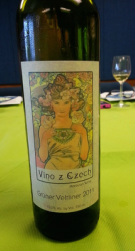 Spicy Grüner Veltliner Spicy Grüner Veltliner Our first wine was the Grüner Veltliner Michlovsky 2011 ($16) - Fragrant dried apricot, sweet grass and white pepper with ripe red apple and lemon balm on the palate - showing a slight hint of effervescense. Clean and minerally, it paired well with a spicy crab salad and the bacon and onion tart. 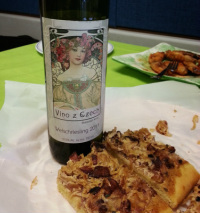 Wine & Food - perfect! Wine & Food - perfect! Next, Welschriesling Spielberg 2013 ($23). This variety is not related to the famous Riesling grape, even though the names are similar. All white flower blossoms, sweet grass and honey with touches of pepper and lemon peel. Great paired with that onion tart, and gobs of brie. 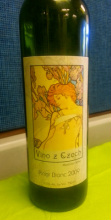 Czech Pinot Blanc Czech Pinot Blanc Two examples of Pinot Blanc followed. Here’s a hint - if you enjoy Pinot Gris/Grigio, give their ‘relative’ Pinot Blanc a try! Pinot Blanc Vyskocil 2009 ($23) showed unexpected tropical character - kumquat, perfumey guava, ripe peaches, light honeysuckle and spicy clove/nutmeg. Paired beautifully with brie, Comte cheeses and sushi - especially the cucumber roll. 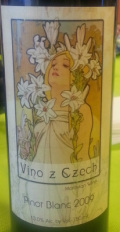 Alphonse Mucha labels Alphonse Mucha labels Pinot Blanc Spielberg 2009 ($34) was quite different - lots of ripe apple and stone fruits with an abundance of dusty rose aromas. Off dry, the finish was long, clean and supple with more baked apple and honey notes. Once again, it was terrific with the sushi and the onion tart, too. 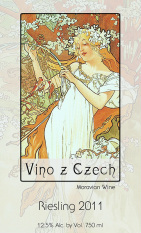 Refreshing Riesling Refreshing Riesling Now, on to Riesling Michlovsky 2011 ($19) Classic Riesling with crunchy green apples, linden flowers and a passing whiff of petrol! Plump apricots on the palate with a slight, refreshing touch of ‘fizz’. Perfect with the sushi, Persian dolmas with rice, veg and dill and, believe it or not, a walnut baklava! 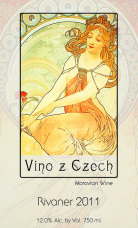 Rivaner aka Müller-Thurgau Rivaner aka Müller-Thurgau Rivaner Valtice 2011 ($16) Rivaner is the local name for Müller-Thurgau and, if you enjoy off-dry wines from the Rhine, this will be your new favorite! Soft, supple apple and ripe, ripe pear flavors make this an easy sipping wine. I loved it with the crab salad and the sushi and the hot, spicy Sriracha chicken wings found a refreshing friend in this wine. 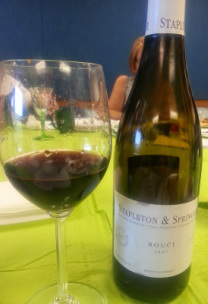 Great with food or on its own. Great with food or on its own. Rouci Stapelton and Springr 2007 ($40) A blend of Pinot Noir and St. Laurent (the most widely planted red grape in the Czech Republic - also popular in Austria). Earthy and velvety, red plum with caramel, black pepper and milk chocolate undertones, the palate is full with dried strawberry, black raspberry and ripe rich cherry. If you like a fruity, lighter red wine like Beaujolais, this is right up your alley. I loved it with a spicy ginger snap cookie, the spicy wings and Comte cheese. Super sipper, too. 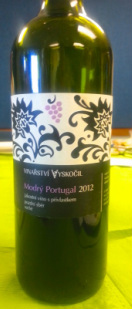 Blauer Portugieser Blauer Portugieser Our final wine was a ‘mystery’ treat, selected by the Sommelier back in the Czech Republic. Modry Portugal 2012 from Vinarstvi Vyskocil is made with the grape variety Blauer Portugieser. The deep garnet color is reflected in the nose and on the palate - lots of super juicy, purple fruits and soft baking spices, red licorice and black plum - reminiscent of a Christmas Pudding in a glass. 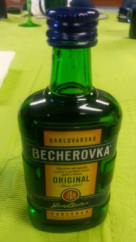 Hair of the dog! Hair of the dog! To finish the event in true Czech tradition, we each had a ‘wee dram’ of a local digesif called Becherovka. And a tiny sip is all that’s needed. Although the locals tout this as a ‘cure all’ and a great pick me up for the ‘morning after’, I think I’ll stick with my new-found friends - the delicious and intriguing wines of the Czech Republic. NOTE: All wines tasted at this event were provided by the sponsoring wineries. Please see my page ' Submissions, Reviews, Invitations & Disclaimers'. What is Art Nouveau?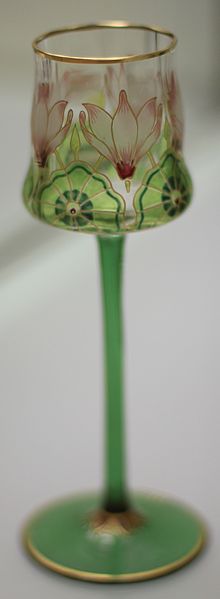 By Øyvind Holmstad (Own work) wikimedia.org By Øyvind Holmstad (Own work) wikimedia.org The distinctive designs of world renowned Czech artist Alphonse Mucha are a true representation of the Art Nouveau style. This undulating, sensuous artistic movement began in Europe in the late 1800’s and continued into the early years of the 20th century. Using nature’s graceful, flowing lines as it’s inspiration, the style infiltrated all the arts. From architecture to fashion, from everyday household items to the painting, sculpture and art glass, “The New Art” took the world by storm. Mucha was, and continues to be, one of the most recognizable proponents of the period and his homeland of the Czech Republic has respected and preserved many architectural representations. For more information: www.czechtourism/a/art-nouveau/ |
AuthorWine lover, educator and writer. Archives
March 2017
Categories
All
|

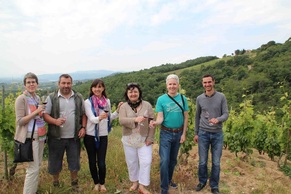
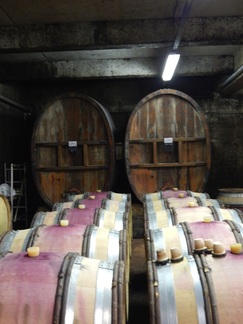
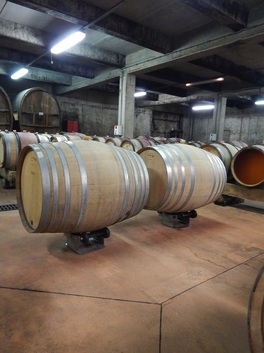
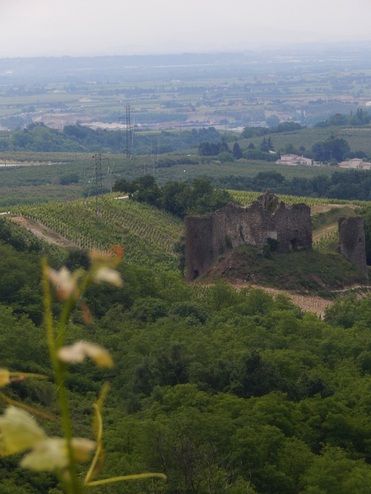
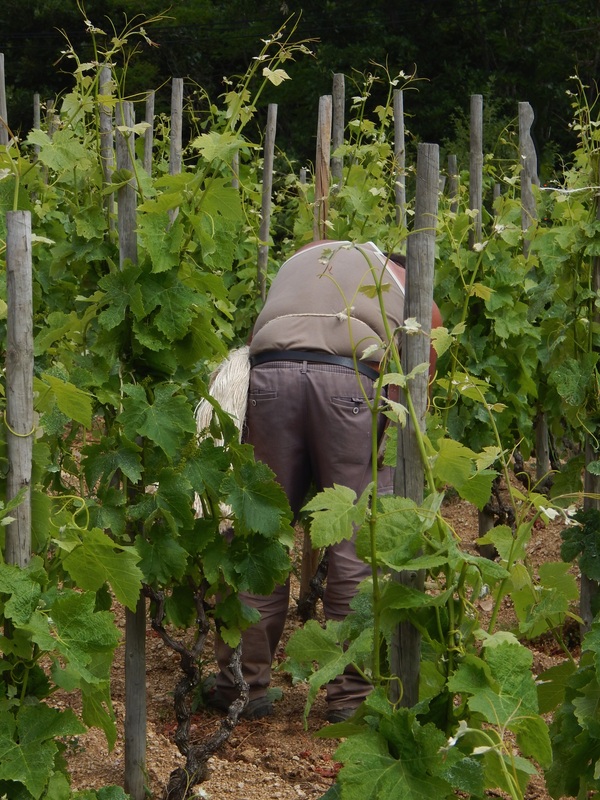
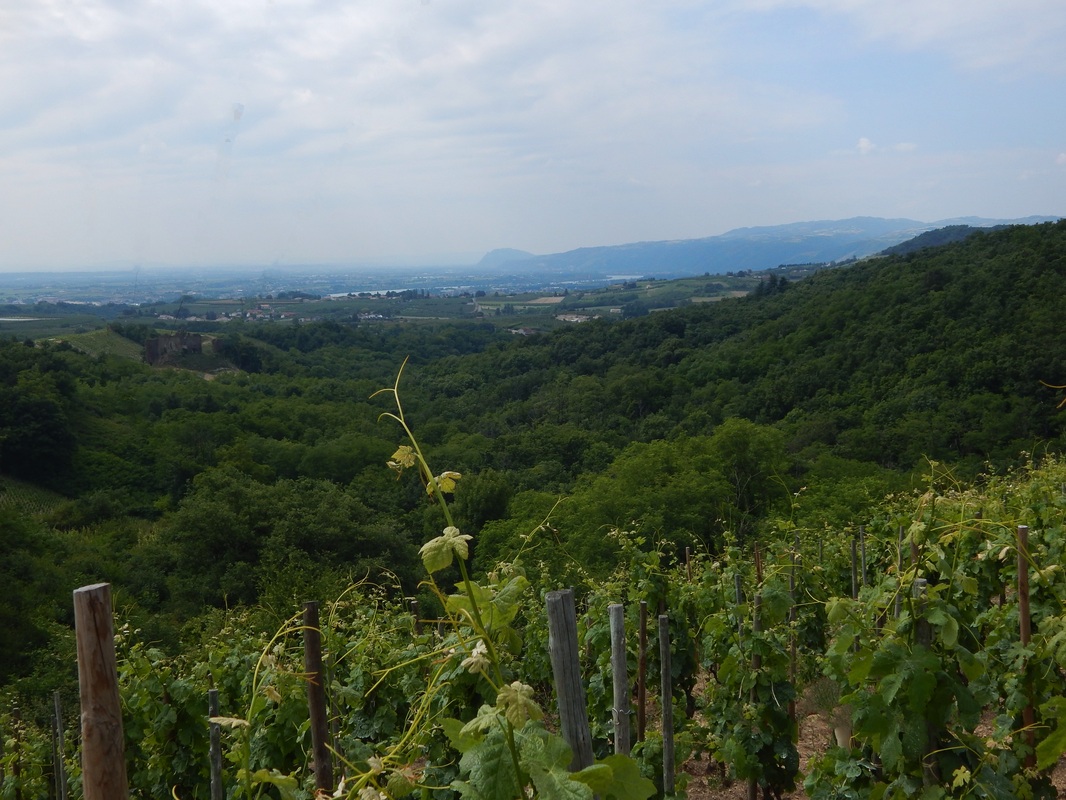
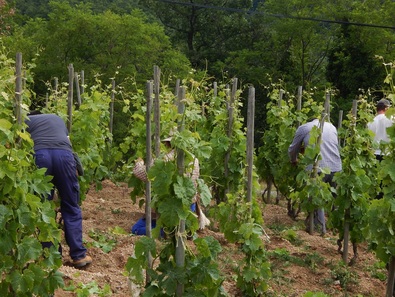
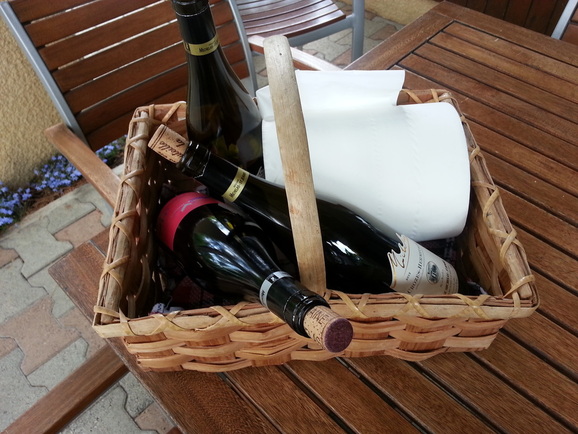
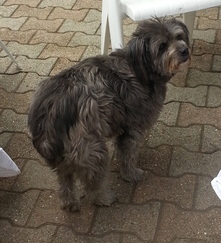
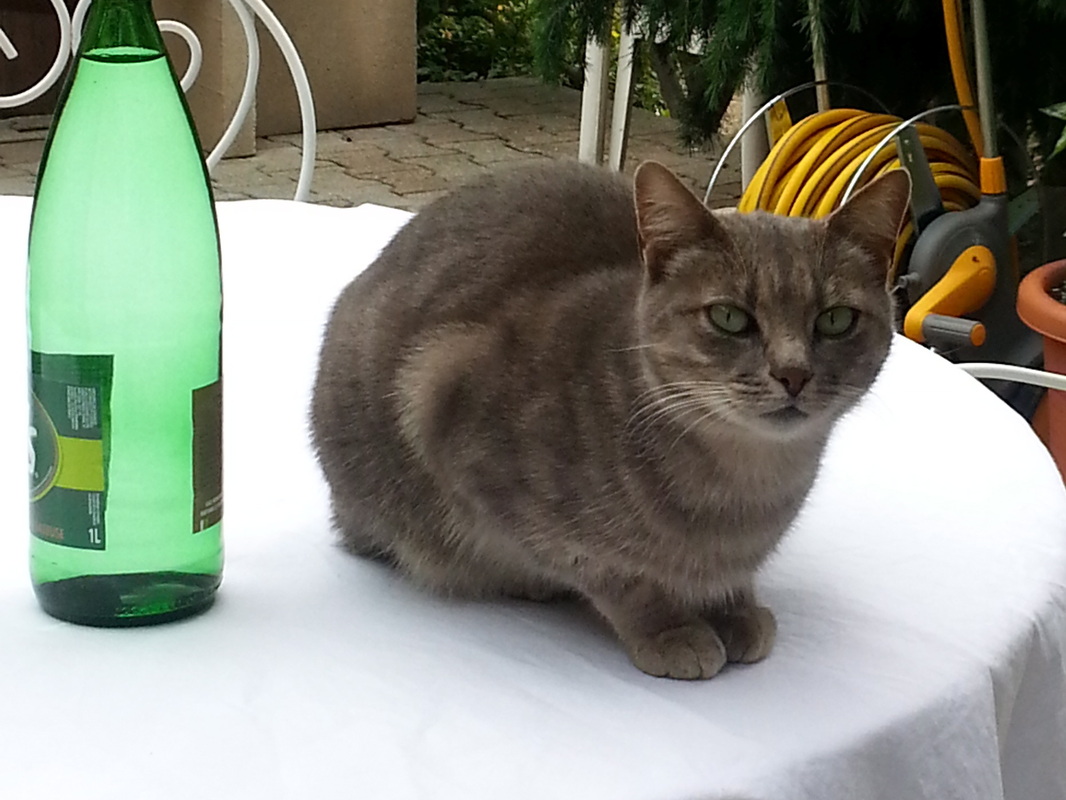
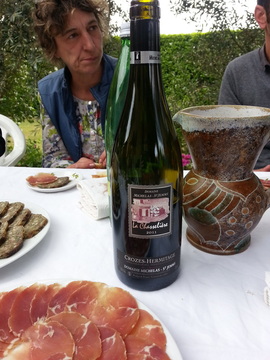
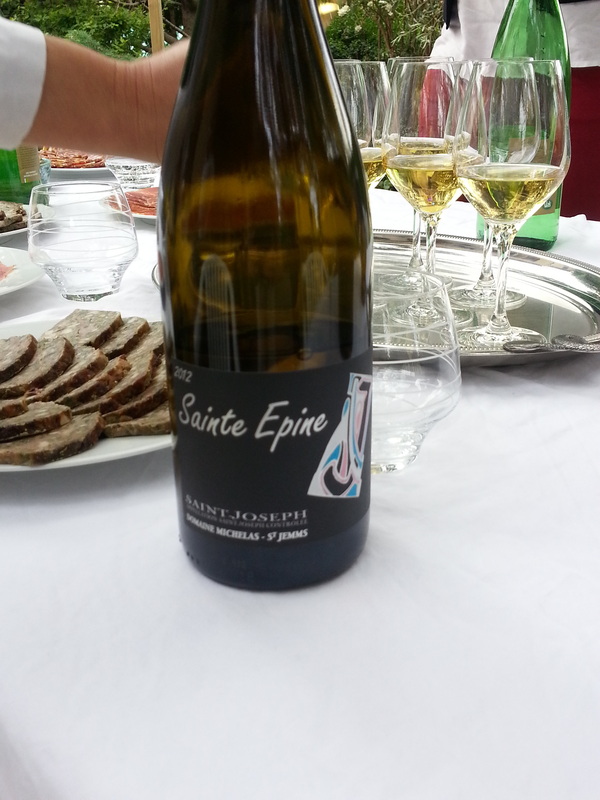
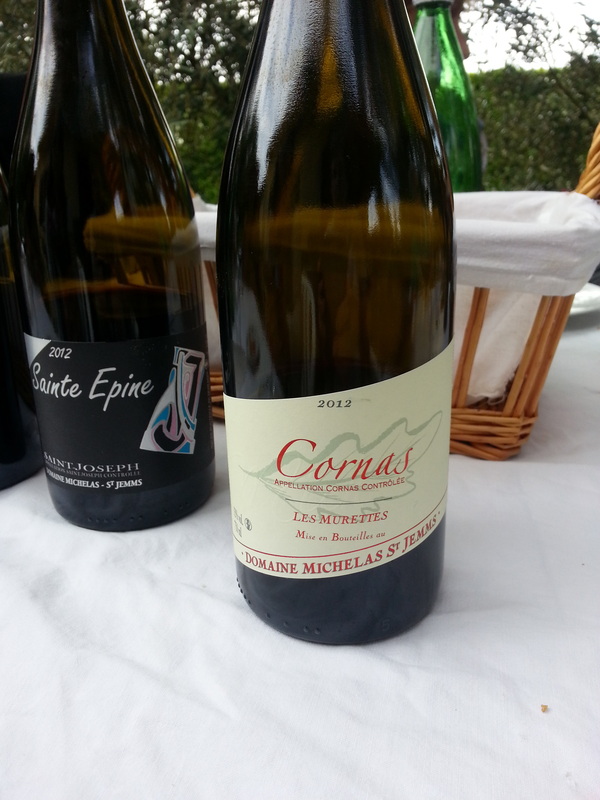
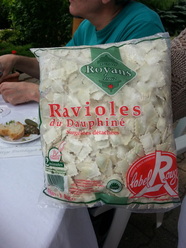
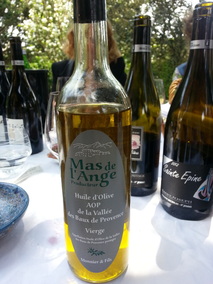
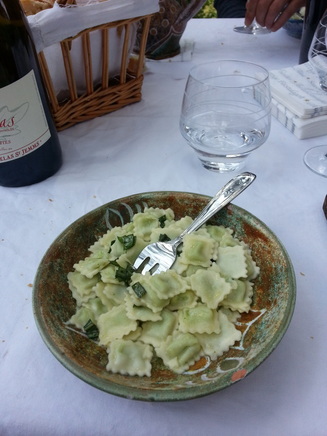
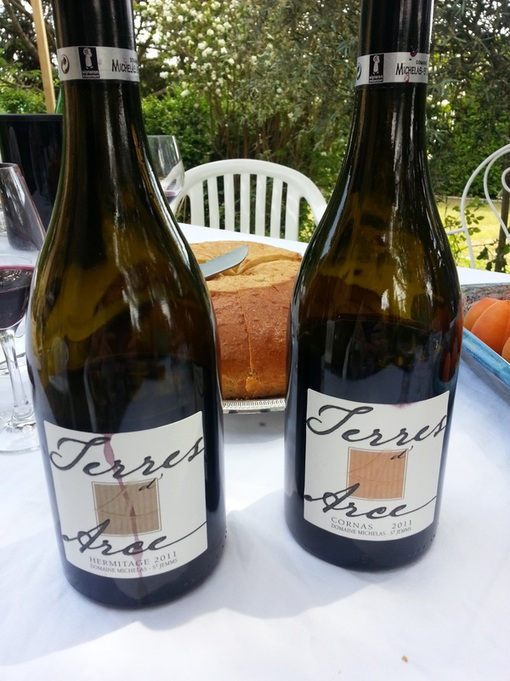
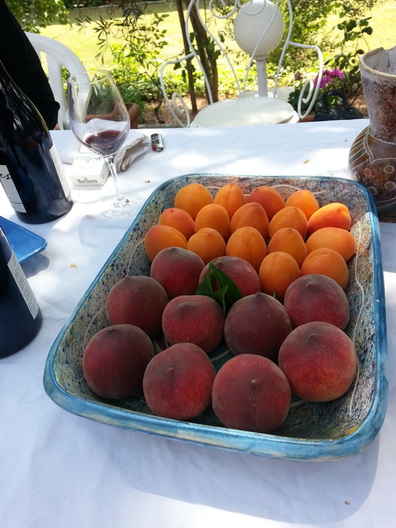
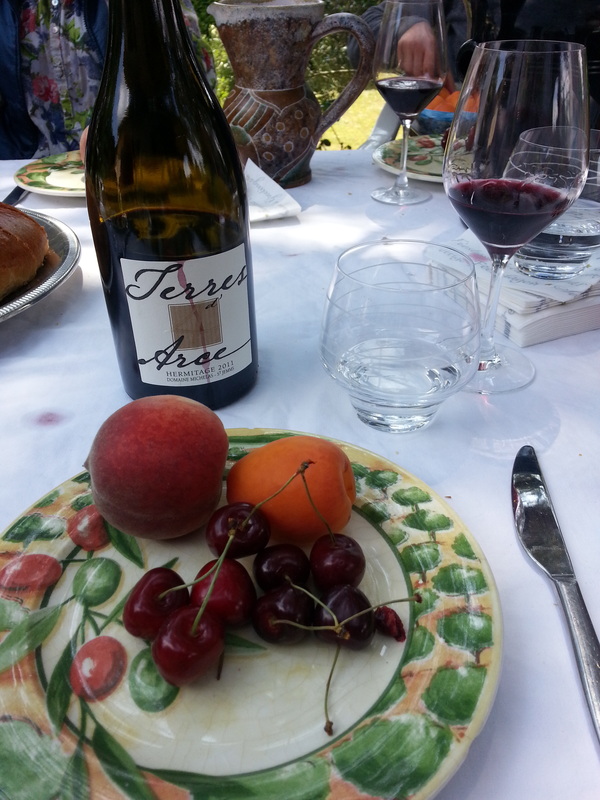
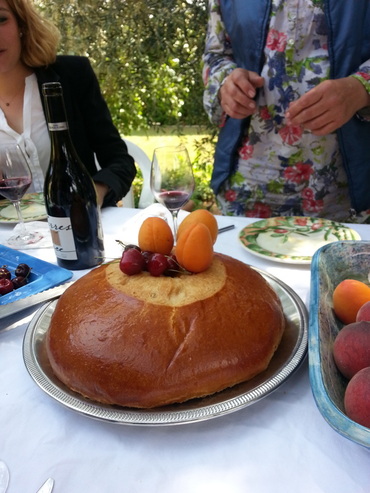
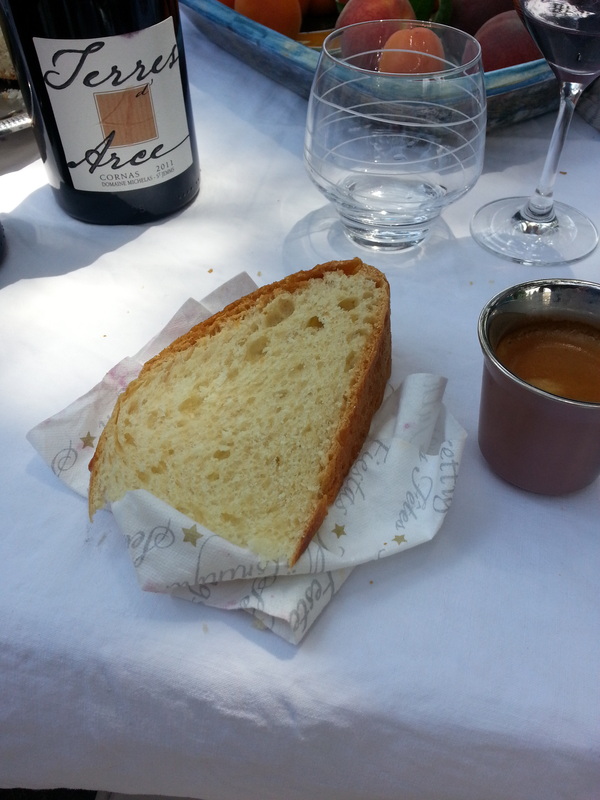
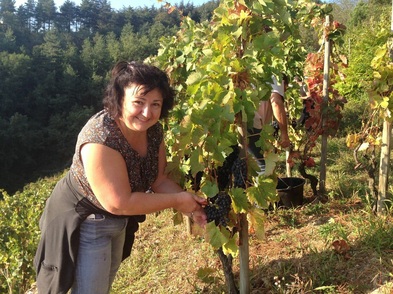
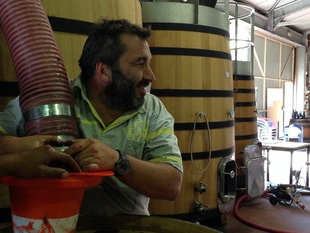
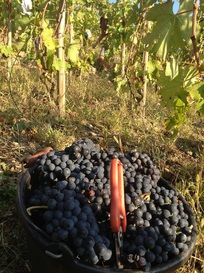
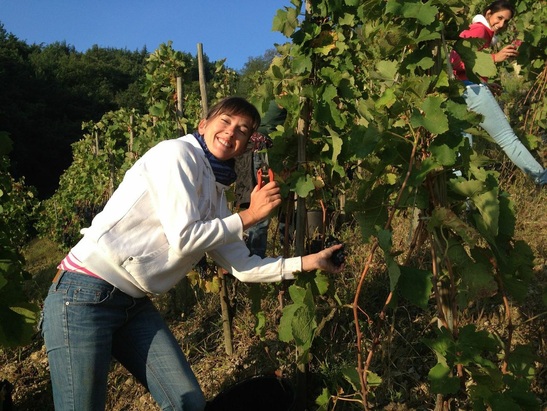
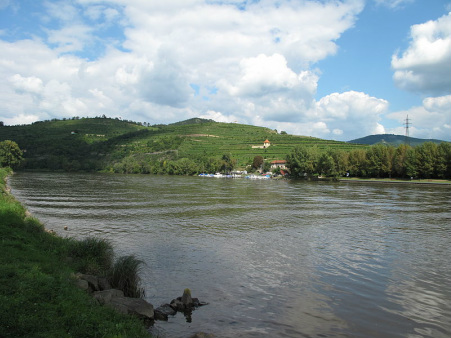
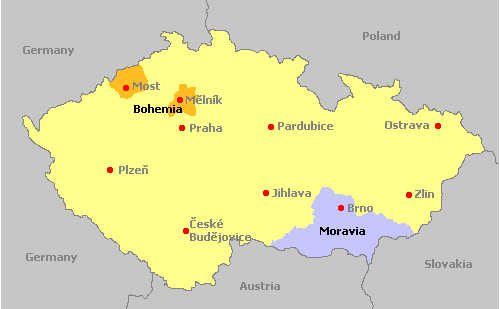
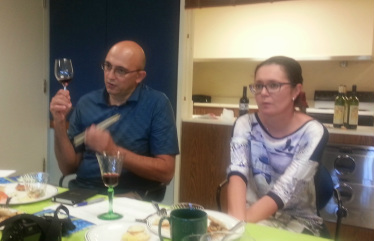
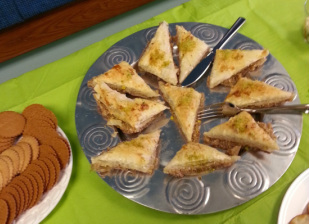
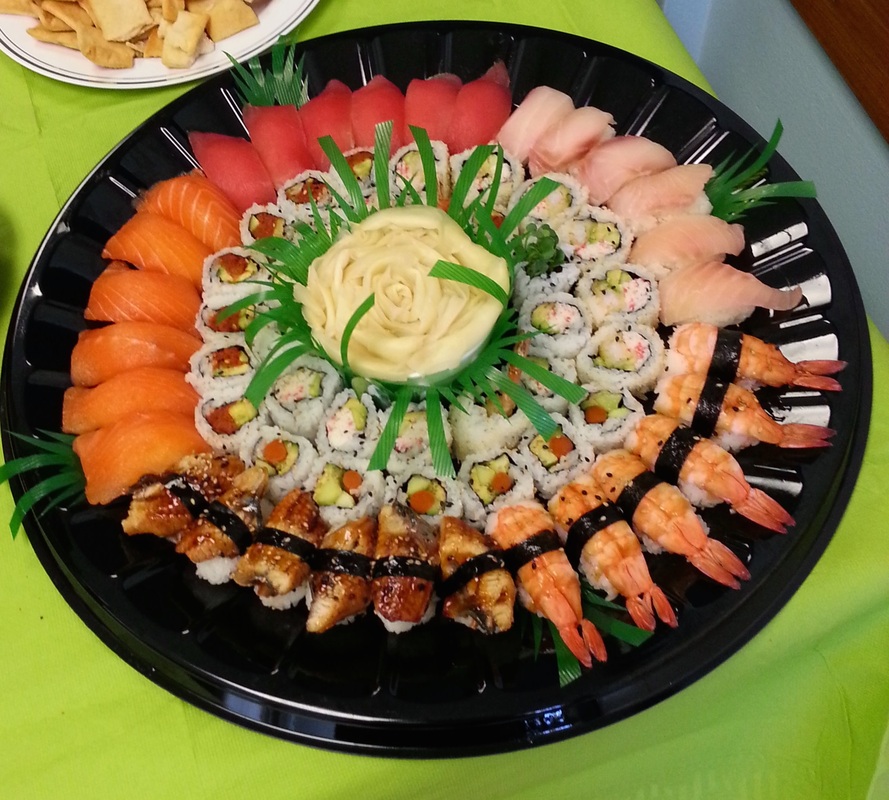
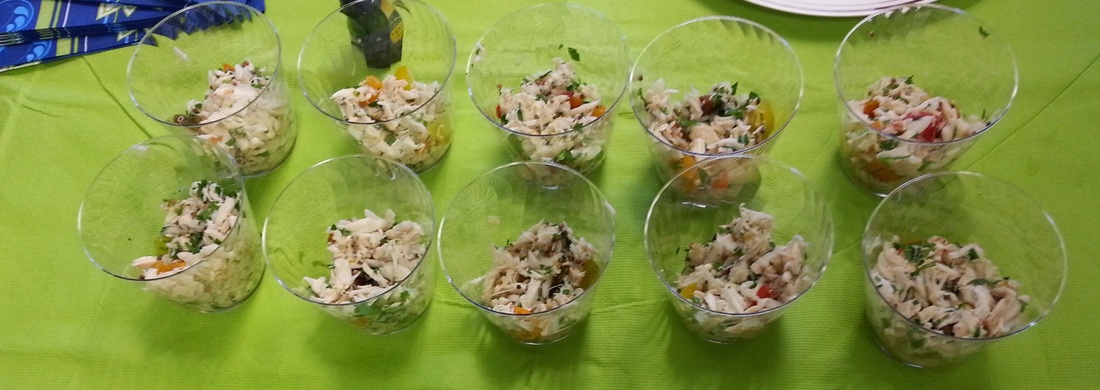
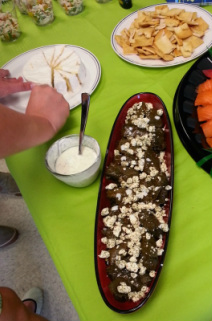
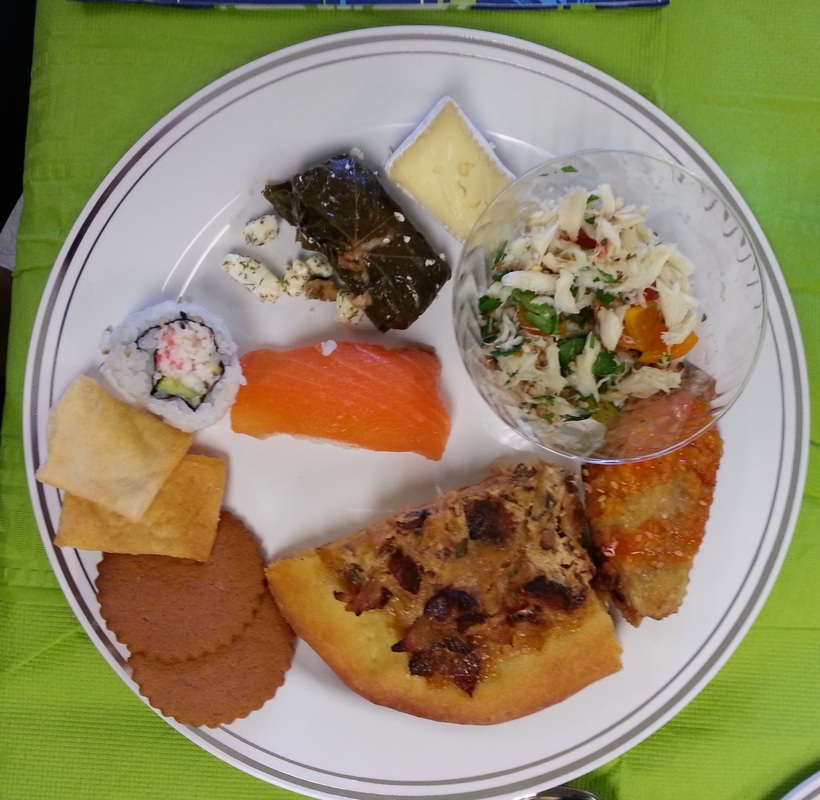
 RSS Feed
RSS Feed

